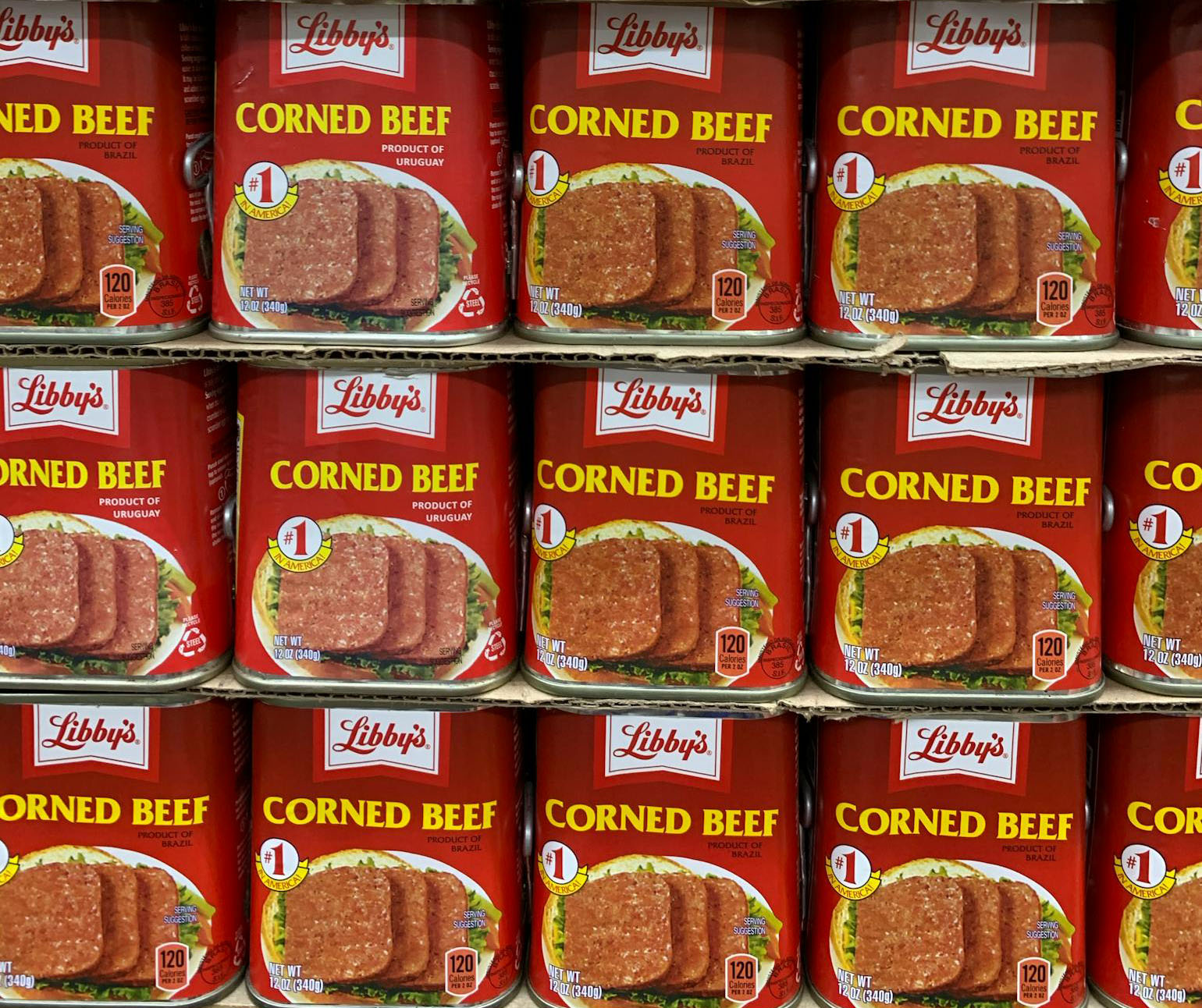Is it time to label ultra-processed foods?

Conducted and written by Opinium’s brilliant Helen Foord, this article discusses the importance of clear food labelling amid increasing focus on personal well-being in decision-making.
Half of UK adults (50%) don’t look at food labels when buying food with one in four (25%) saying they find the back labels, which list the ingredients and nutritional information, difficult to understand.
As individuals turn their focus towards well-being, the question of clearer labeling on food packaging gains more significance. Nearly half (44%) of UK adults are influenced by front nutritional labels, and one-third (32%) by back labels. At the same time, more than half (51%) of adults say they find back labels for non-processed foods easier to understand compared to processed alternatives.
How to spot ultra-processed foods
Non-processed or minimally processed foods, such as eggs, raw nuts, dark chocolate, and fresh fruits and vegetables, are whole foods that retain their natural state and original nutrients. Ultra-processed foods (UPFs) in contrast have been altered, with added substances like salt, sugar, and stabilizers. These foods are easily identifiable by looking at the nutritional labels – if there is an ingredient that you wouldn’t usually have in your kitchen, it is most likely a UPF.
While UPFs are highly profitable, they have been associated with negative effects on health. Adults who have eaten UPFs in the last month were significantly more likely than the average population to have experienced low mood (70%), poor sleep (79%), increased food cravings (69%), and low energy (74%). The main culprits appear to be sugary items, particularly sweet or savory packaged snacks – and surprisingly, vegan ‘meat’ alternatives.
Young people have statistically unhealthier diets
Those aged 18-34 are statistically less likely than the average to eat fruit and vegetables (66% v average 80%), and eggs (60% vs average 68%). This trend extends to fizzy drinks, where younger generations are statistically more inclined, with 51% saying they drink them versus an average of 42%.
Older generations are the highest consumers of sweet or savory snacks (73% v average 68%), but are also the highest consumers of fresh fruit and vegetables (90% v average 80%), eggs (76% v average 68%) and dark chocolate (31% v average 29%).
The preference for processed foods over whole foods among younger generations raises concerns about the long-term health implications as they age. A diet heavy in processed foods, lacking essential nutrients found in whole foods, may contribute to health issues such as obesity and chronic diseases. Addressing these dietary trends early is crucial to prevent potential health risks and promote a healthier future for younger generations.
Consumers call for UPF labelling
With the ongoing increase in the consumption of processed foods among specific groups, the need for improved labeling becomes apparent. Three in four (76%) people say that there should be a label for UPFs, and a similar proportion (74%) would find this beneficial when making decisions about food purchases.
As people try to align their diet choices with their health objectives, the lack of a label indicating the degree of food processing poses a challenge. For the time being, consumers just have to make do when taking decisions about their dietary choices.




